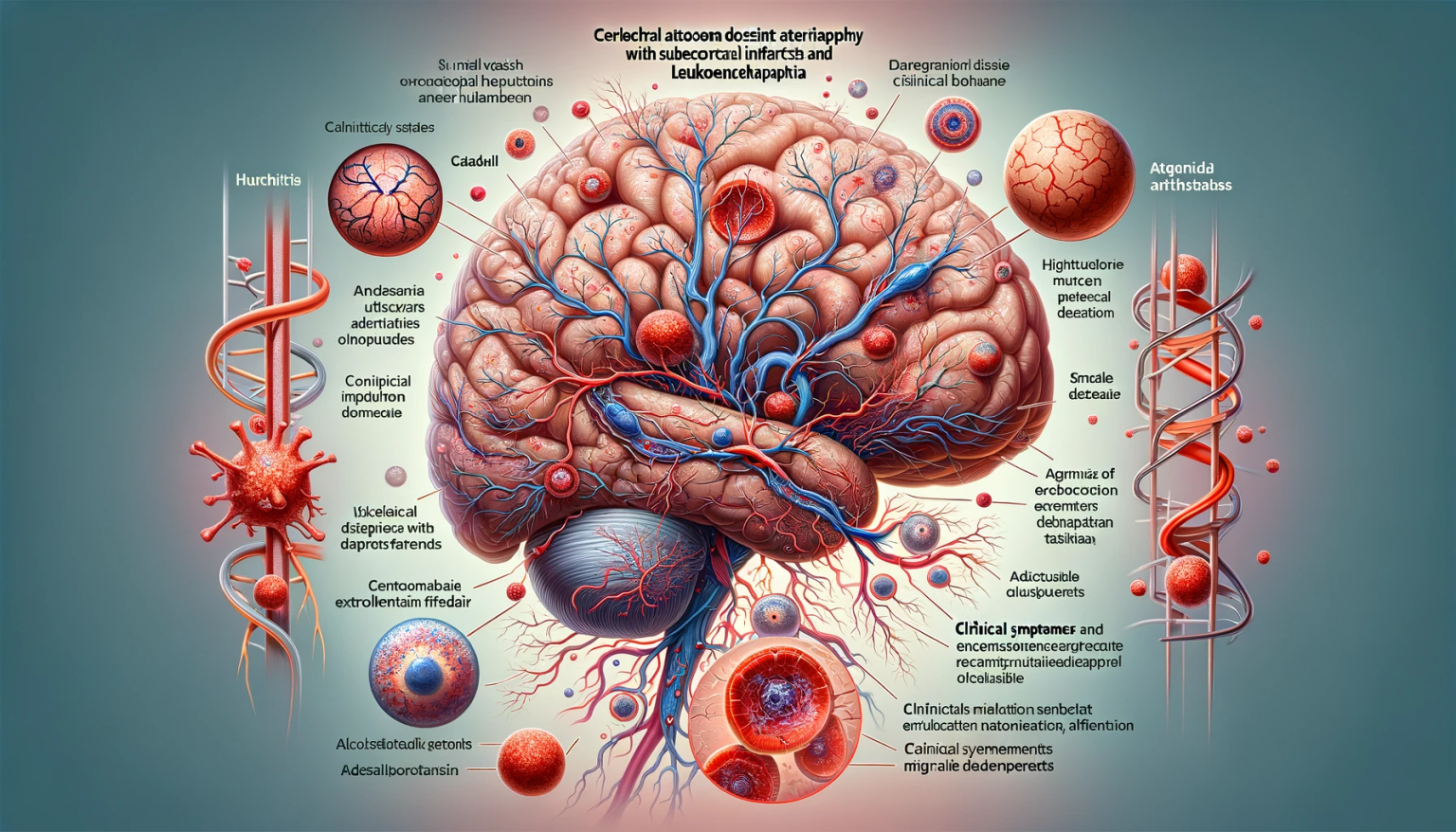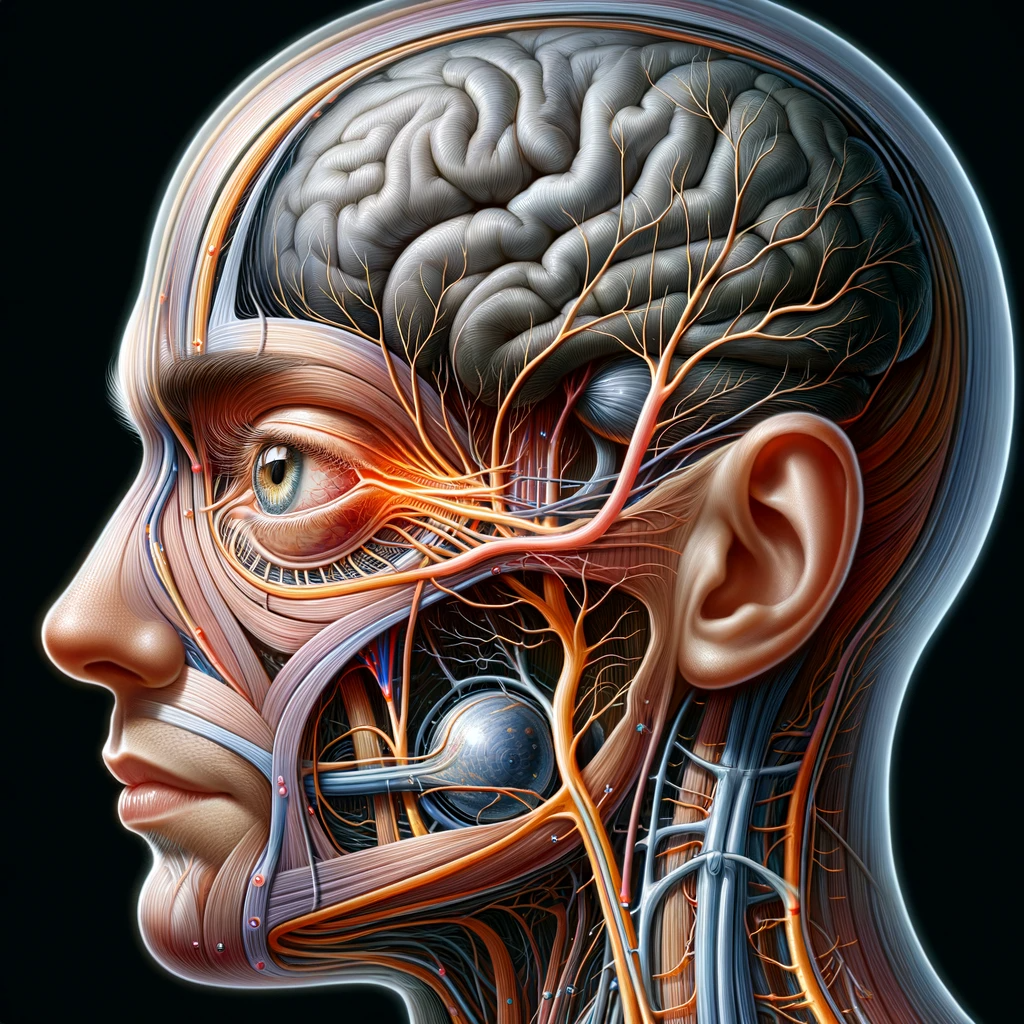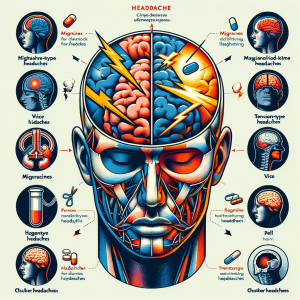 Abstract:This article provides an in-depth review of epilepsy in children, delving into its etiological factors, clinical presentation, diagnostic modalities, and therapeutic approaches. It aims to enhance the understanding and management of this neurological condition in the pediatric population.
Abstract:This article provides an in-depth review of epilepsy in children, delving into its etiological factors, clinical presentation, diagnostic modalities, and therapeutic approaches. It aims to enhance the understanding and management of this neurological condition in the pediatric population.
1. Introduction: Epilepsy, one of the most common neurological disorders in children, encompasses a spectrum of conditions characterized by recurrent unprovoked seizures. Its etiology is diverse, and management requires a tailored approach.
2. Etiology: Pediatric epilepsy can be idiopathic, symptomatic of underlying neurological conditions, or cryptogenic when the cause is unknown. Genetic factors play a significant role in idiopathic cases, while symptomatic epilepsy may be due to structural brain abnormalities, metabolic disorders, or infectious diseases.
2.1 Genetic Epilepsies: Advances in genomics have identified various genetic mutations associated with epilepsy syndromes, such as Dravet syndrome and Lennox-Gastaut syndrome.
3. Clinical Presentation: Seizure types in children vary, including focal, generalized, and absence seizures, each with distinct clinical features. Age-specific epilepsy syndromes present unique challenges in diagnosis and management.
3.1 Age-Specific Syndromes: Conditions such as West syndrome (infantile spasms) and childhood absence epilepsy have specific onset ages and electroencephalographic (EEG) patterns.
4. Diagnostic Approach: Diagnosis involves a comprehensive clinical assessment, EEG studies, and neuroimaging. EEG is crucial in characterizing seizure types and identifying epilepsy syndromes.
4.1 Neuroimaging: MRI is the imaging modality of choice to identify structural abnormalities. Advanced imaging techniques, such as functional MRI and PET, are increasingly utilized for precise localization of epileptogenic foci.
5. Therapeutic Strategies: Management primarily involves antiepileptic drugs (AEDs). The choice of AED is guided by the type of seizures and epilepsy syndrome. Newer AEDs with favorable safety profiles are increasingly used in children.
5.1 Surgical and Neuromodulatory Interventions: In cases of drug-resistant epilepsy, surgical interventions, such as resective surgery or hemispherotomy, are considered. Neuromodulation techniques, like vagus nerve stimulation, are alternative therapeutic options.
6. Psychosocial Aspects: Epilepsy in children has profound psychosocial impacts. Comprehensive care involves addressing educational needs, psychosocial development, and family support.
7. Conclusion: Pediatric epilepsy is a complex condition requiring a multidisciplinary approach. Advances in genetics, neuroimaging, and therapeutics are continually reshaping its management, aiming to improve outcomes for affected children.








